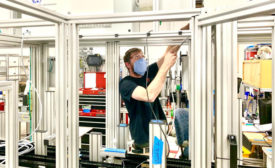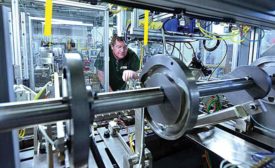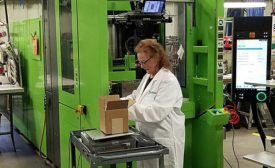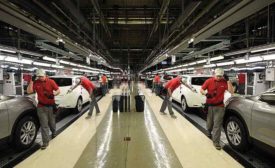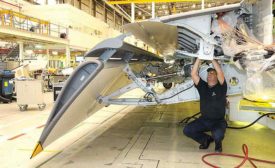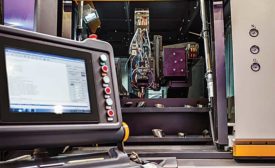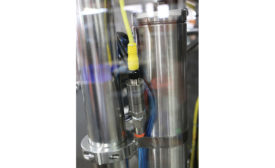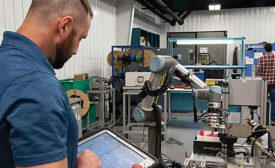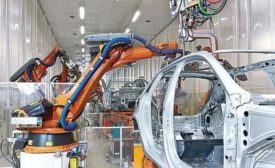Automated Assembly Systems
Automated Assembly in the Age of Industry 4.0
The IIoT is changing how systems integrators are designing automated assembly systems
May 15, 2020
Five Ways Augmented Intelligence Is Saving Manufacturers
ERP and MES software give assemblers up-to-the-moment insights into their supply chains, production capacity and product quality
May 15, 2020
Cybersecurity for Today’s Assembly Plant
As assembly plants become more connected to both suppliers and customers, cybersecurity is becoming more important
May 15, 2020
Blockchain in the Factory of the Future
Manufacturers are challenged with securely sharing data inside and outside the factory. Blockchain could solve that problem
May 15, 2020
Computers and Tablets on the Assembly Line
The tablet computer you use to watch cat videos on the couch won’t cut it on the assembly line
May 15, 2020
Updating Legacy Equipment for Industry 4.0
Many types of older assembly equipment can be IIoT-enabled quickly, easily and cost-effectively
May 15, 2020
Robotics in the Age of Industry 4.0
Artificial intelligence and data analytics will make robots more productive
May 15, 2020
Welding in the Age of Industry 4.0
IIoT technologies offer several ways to improve the quality of manual, robotic and automated welding
May 15, 2020
Never miss the latest news and trends driving the manufacturing industry
Stay in the know on the latest assembly trends.
JOIN TODAY!Copyright ©2025. All Rights Reserved BNP Media.
Design, CMS, Hosting & Web Development :: ePublishing

